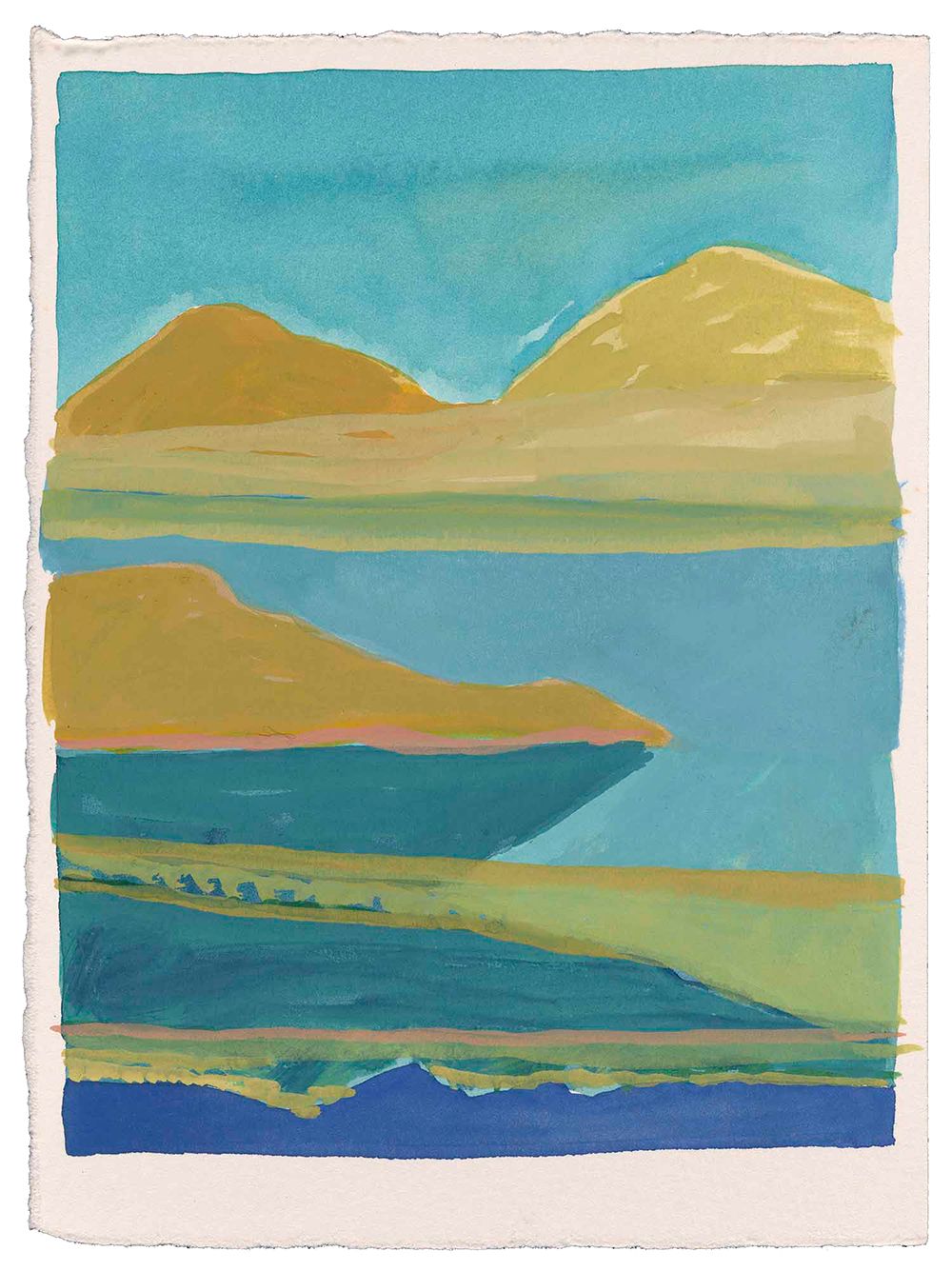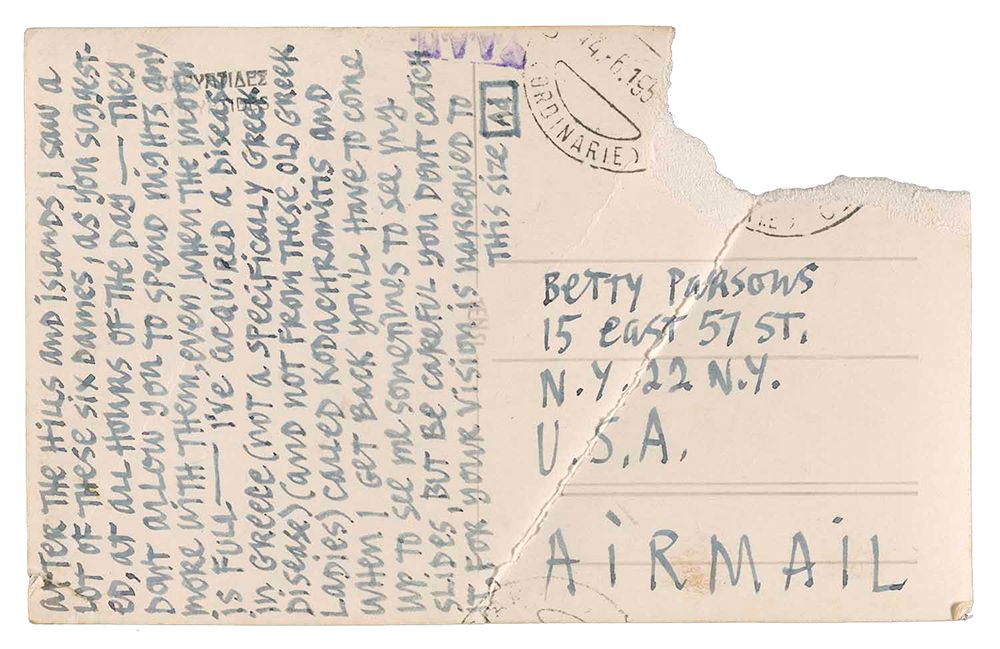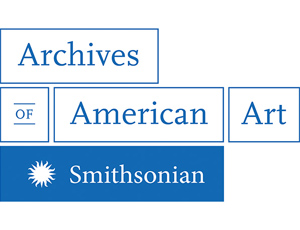Acquisitions: Lee Hall Papers
/https://tf-cmsv2-smithsonianmag-media.s3.amazonaws.com/blogging/featured/Franco-fig-1-crop_SIV.jpg)
The Lee Hall Papers chronicle Hall’s artistic, administrative, and scholarly activities. They include watercolor, pastel, and collage studies that demonstrate her investigation of landscapes as flat, interlocking fields of color. Hall (b. 1934) showed her finished paintings at the Betty Parsons Gallery, which Parsons operated in New York from 1946 until her death in 1982. Correspondence at the Archives documents Hall and Parsons’s close friendship. Researchers will also find letters and ephemera related to Willem de Kooning, Lee Krasner, Jackson Pollock, Mark Rothko, and other major figures in American modernist painting who belonged to Parsons’s circle.
Hall was active not only as an artist, but also as an administrator, serving as president of the Rhode Island School of Design (RISD) from 1975 to 1983. Her tenure at RISD was marked by conflict; her approach to addressing the school’s financial difficulties was met with pushback from the faculty, who unionized to resist her proposed reforms. Such criticism can be found in the collection’s printed matter, correspondence, and administrative records. Suggestively, in a 1981 essay for Architectural Digest included in the papers, Hall described her responsibilities as RISD’s president as “Not an easy mantle.”

Hall published scholarly articles and books throughout her adult life. Her interests included dedicated research on landscape architect Frederick Law Olmsted, leading to her book Olmsted’s America: An “Unpractical Man” and His Vision of Civilization (1995). Her contract with Little, Brown and Company, preserved in the papers along with related correspondence, describes the project as “examin[ing] the impact . . . Olmsted had on the development of the United States today.” Hall was especially well-positioned as a biographer due to her close relationships with prominent artists. Her biography of the de Koonings, Elaine and Bill: Portrait of a Marriage (1993), was the result of ongoing conversations with Elaine de Kooning as well as interviews and correspondence with friends, family, and other associates of the famous couple. Her typed notes in the papers from a November 11, 1991, interview with gallerist André Emmerich vividly describe an early encounter with Willem de Kooning: “Bill, absolutely encrusted in paint, surrounded by bowls and cans of paint . . . didn’t want to leave the mess and grime of his studio, but wanted to remain with the painting in progress.”

Hall also wrote a biography of Betty Parsons, published in 1991. Her papers include her notes, draft writings, extensive correspondence with Parsons, and a good portion of Parsons’s own personal papers, given to Hall to support her book research. This final group of materials includes warm and funny postcards from the artist Ad Reinhardt, Parsons’s divorce papers from a French court, and other primary sources that provide intimate details of the gallerist’s life and work. While Parsons loaned these same papers to the Archives for microfilming in the late 1960s, the unexpected donation of the originals with Hall’s collection reaffirms the deep interconnectedness of the American art world in the mid- to late-twentieth century and the Archives’ central role in preserving those sources.
This essay was originally published in the Spring 2019 issue (vol. 58, no. 1) of the Archives of American Art Journal.

